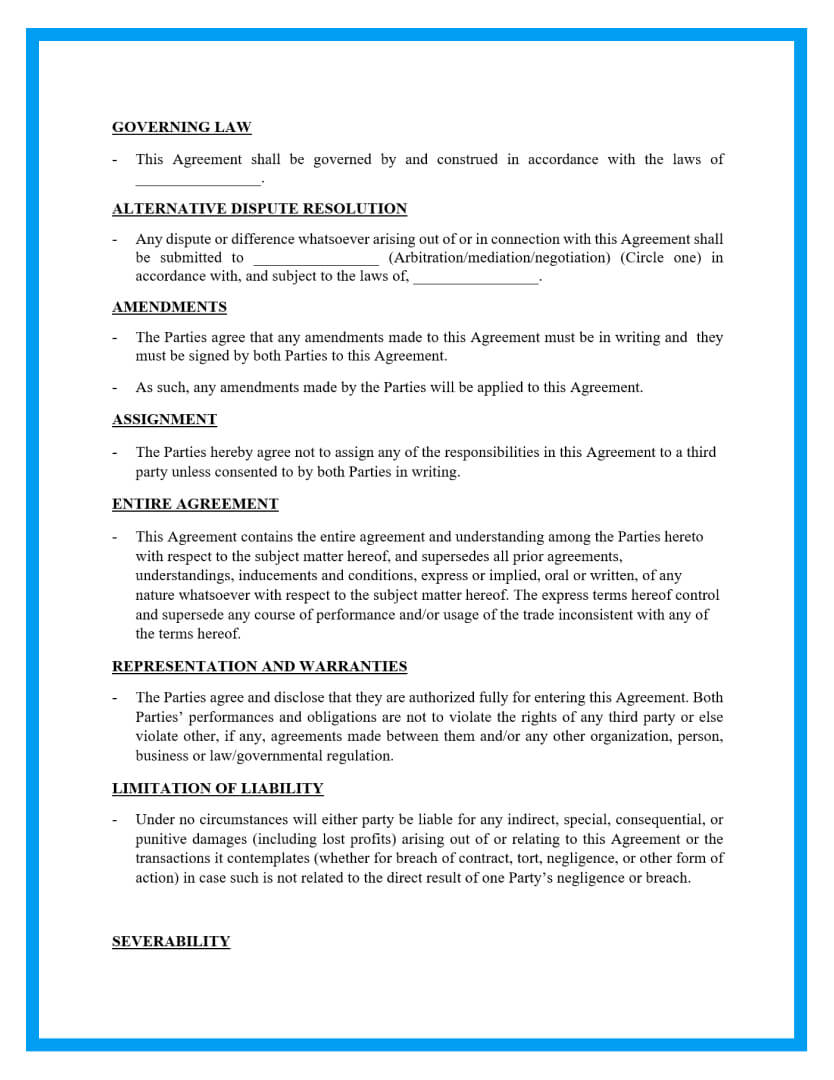

Harvard strongly prefers that its work with partner organizations takes the form of collaboration between two independent entities. This approach gives each party maximum flexibility and autonomy without sacrificing the goal of collaboration.
Memorandum of understanding format full#
Visiting student and scholar programs governed by MOUs give each party – Harvard and the partner – full authority to make its own admissions decisions and obligate neither to accept a fixed number of visiting students or scholars from the other in any given time period. Harvard strongly supports and encourages the free flow of ideas and people between institutions of learning worldwide. A memorandum of understanding, or MOU, is a nonbinding agreement that states each partys intentions to take action, conduct a business transaction. It clarifies what kind of support will be provided and creates more meaningful ways for communication or participation. An MOU spells out the common understandings. As described above, some common types of MoUs are, venture agreement MoU, service agreement MoU, and asset purchase MoU. This should reflect the type of MoU being used. MOUs with international partners always include certain standard clauses, such as a non-discrimination clause. A Memorandum of Understanding (MOU) is simply a written agreement to identify the working relationships and guidelines between collaborating entities. You can write a memorandum of understanding by following the steps listed below: Topic and title: Pick a title for your MoU. The Vice Provost for International Affairs must sign any MOU with a non-U.S. “Harvard” is a party to an MOU only in the rare circumstances described in the Use of Name policy. Thus, the Harvard party to an MOU is the individual School, department, center, or other unit that will manage the activity described by the MOU. MOUs follow the University’s Use of Name policy. What guidelines and policies does Harvard follow in signing MOUs?


 0 kommentar(er)
0 kommentar(er)
